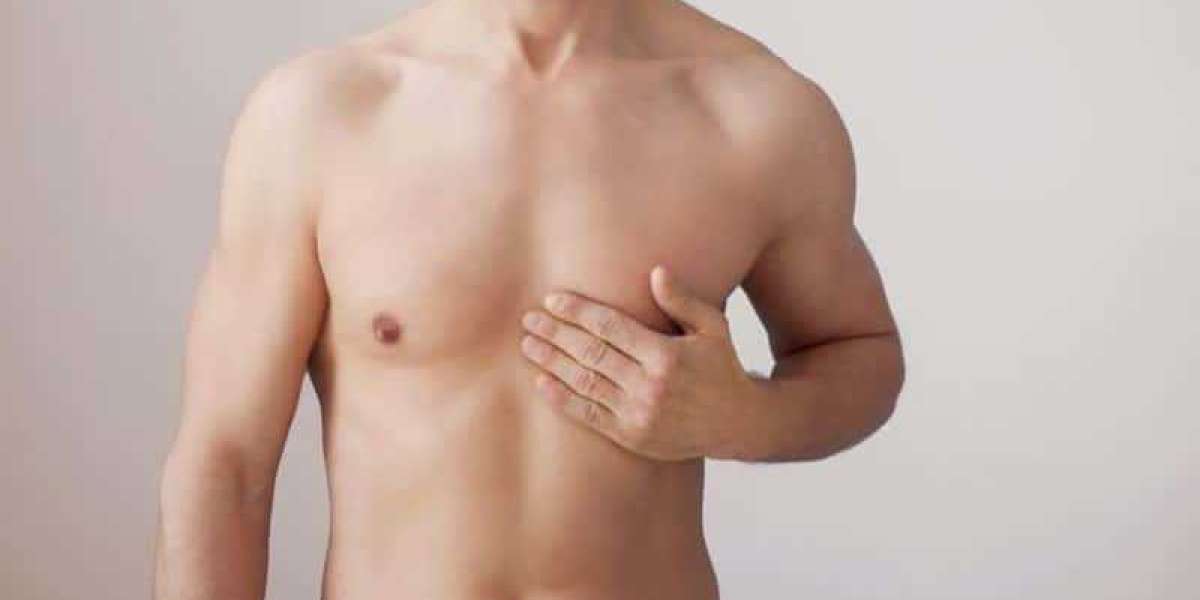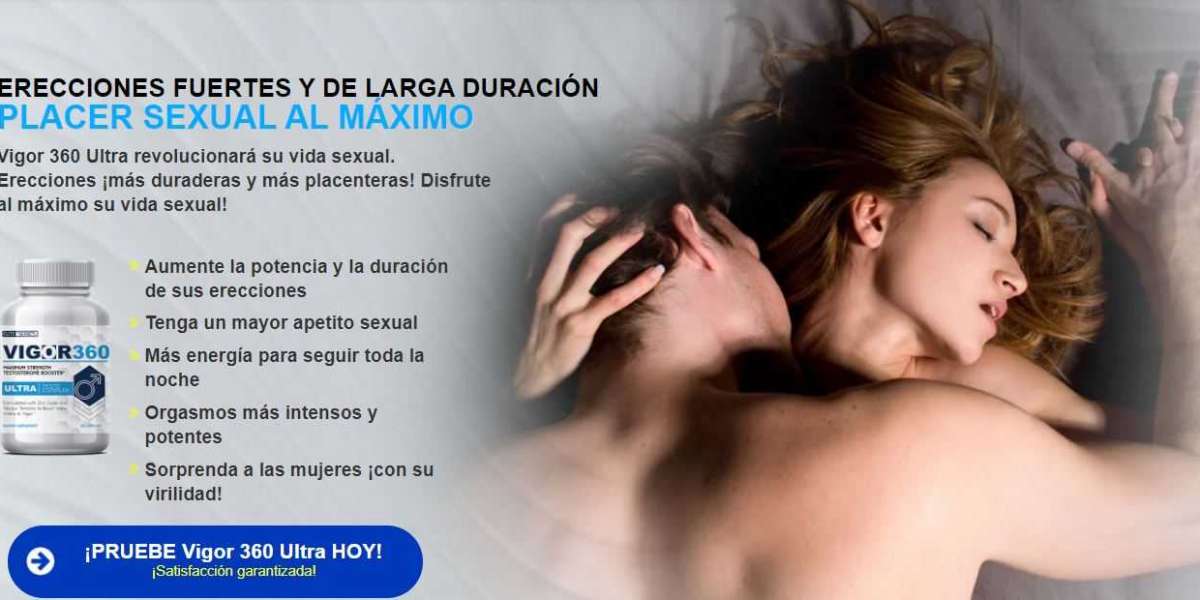- Symptoms of puffy nipples
Do you have puffy nipples? If so, you're not alone. Many women have this condition and it can be quite frustrating. Thankfully, there are a few things you can do to minimize the appearance of puffy nipples.
First, let's talk about what causes puffy nipples. In most cases, it's simply due to excess fatty tissue in the area. However, it can also be caused by certain medications, hormone imbalances, and even pregnancy. If you're not sure what's causing your puffy nipples, it's best to see a doctor to rule out any other potential causes.
Now that we know what causes puffy nipples, let's talk about how to get rid of them. One of the simplest things you can do is to lose weight. If you're carrying around extra weight, particularly in the chest area, it can contribute to the appearance of puffy nipples. So, if you're overweight, losing even a few pounds can help to minimize the appearance of your puffy nipples.
In addition to weight loss, there are a few other things you can do to help get rid of puffy nipples. First, you can try wearing a supportive bra. This can help to hold the tissue in place and minimize the appearance of puffy nipples. You can also try using a cold compress. Applying a cold compress to the area for a few minutes each day can help to reduce the swelling and make the area appear smaller.
If you're looking for a more permanent solution, there are a few surgical options available. However, these should only be considered as a last resort. Surgery is usually only recommended if other methods haven't worked and the puffy nipples are causing you a great deal of distress.
If you have puffy nipples, don't despair. There are a few things you can do to minimize their appearance. Try losing weight, wearing a supportive bra, and using a cold compress. If these methods don't work, talk to your doctor about surgical options.
- Causes of puffy nipples
There are a number of different causes of puffy nipples. In some cases, the cause may be due to a medical condition, while in other cases, it may be due to a cosmetic issue.
- Puffy Nipples Caused By a Medical Condition:
There are a number of different medical conditions that can cause puffy nipples. One of the most common is gynecomastia, which is a condition that results in the enlargement of breast tissue in males. This can be caused by a hormonal imbalance and is often seen in teenage boys and men.
Another medical condition that can cause puffy nipples is mastitis, which is an inflammation of the breast tissue. This can be caused by a bacterial infection and is often seen in women who are breastfeeding.
- Puffy Nipples Caused by a Cosmetic Issue:
In some cases, puffy nipples may be due to a cosmetic issue, such as the use of certain body lotions or creams. In other cases, it may be due to the way in which the breasts are supported, such as wearing a bra that is too tight.
If you are concerned about the appearance of your nipples, then you should speak to a doctor or a cosmetic surgeon. They will be able to advise you on the best course of treatment.
- Treatment options for puffy nipples
If you have puffy nipples, you may be wondering what your treatment options are. Here are three things you can do to get rid of this problem:
- Change your lifestyle
If you are overweight, losing weight can help reduce the amount of fat in your breasts and make your nipples less puffy. Exercising regularly can also help tone your chest muscles and make your breasts look firmer. Avoiding foods that are high in salt can also help reduce the amount of fluid retention in your breasts.
- Use a topical cream
There are a number of topical creams that can help reduce the appearance of puffy nipples. These creams can help to firm and tone the skin around your nipples. Many of these creams are available over the counter, but you may also want to talk to your doctor about prescription options.
- Consider surgery
If lifestyle changes and topical creams don’t help, you may want to consider surgery. Surgery can help to remove excess fat and skin from your breasts. This can help to reduce the appearance of puffy nipples. Surgery is usually a last resort option, but it may be the best option for some people.
If you’re considering any of these treatment options, be sure to talk to your doctor to find out what’s best for you.
- Exercise to reduce puffiness of nipples
When it comes to how to get rid of puffy nipples, there are a few different things that you can do. First, you can try to perform some exercises that will help to reduce the puffiness of your nipples. Additionally, you can try wearing tighter clothing or using nipple covers to help minimize the appearance of your nipples. Finally, if you are still self-conscious about your appearance, you can talk to your doctor about getting surgery to reduce the size of your nipples.
One of the best exercises that you can do to reduce the puffiness of your nipples is to perform chest presses. Start by lying on your back on a flat surface. Then, press your palms into the ground and lift your torso and head off of the ground. Next, press your palms into your chest and push your body away from the ground. Repeat this exercise for three sets of ten repetitions.
Another great exercise for reducing the puffiness of your nipples is to perform pull-ups. Start by hanging from a bar with your palms facing away from you. Then, pull your body up until your chin clears the bar. Return to the starting position and repeat for three sets of ten repetitions.
If you are looking for a more immediate way to reduce the appearance of your nipples, you can try wearing tighter clothing. This will help to minimize the appearance of your nipples by pressing them flat against your body. Additionally, you can try wearing nipple covers to further reduce the visibility of your nipples.
If you are still self-conscious about the appearance of your nipples, you can talk to your doctor about getting surgery to reduce their size. This surgery is typically done for cosmetic reasons and is not usually covered by insurance. However, if you are bothered by the appearance of your nipples, this may be an option for you.
- Avoid food that cause puffy nipples
Do you have puffy nipples? If so, you’re not alone. Puffy nipples are a common problem, especially for men. There are many different causes of puffy nipples, but the good news is that there are also many ways to treat them.
In this article, we’ll take a look at five common causes of puffy nipples and what you can do to get rid of them.
- Excess fat
One of the most common causes of puffy nipples is excess fat. If you’re carrying around extra weight, it can show up in your nipples. Losing weight can help to reduce the appearance of puffy nipples.
- Hormonal imbalance
Another common cause of puffy nipples is a hormonal imbalance. If your body is producing too much estrogen, it can lead to the development of puffy nipples. Treating a hormonal imbalance can often help to reduce the appearance of puffy nipples.
- Gynecomastia
Gynecomastia is a condition that can cause puffy nipples. It’s a hormonal condition that causes an enlargement of the breast tissue. Treatment for gynecomastia typically involves surgery to remove the excess tissue.
- Medications
Certain medications can cause puffy nipples as a side effect. If you’re taking medication and you develop puffy nipples, talk to your doctor about changing medications.
- Allergies
Allergies can also cause puffy nipples. If you have an allergy to a food or other substance, it can cause your body to swell, which can lead to puffy nipples. Treating your allergies can help to reduce the appearance of puffy nipples.
If you have puffy nipples, there are many things that you can do to treat them. Talk to your doctor about your options and find the best treatment for you.



